Peterbilt 388 389 567 Boxed End 304 Stainless Steel Bumper
$900.00 – $1,150.00
Our Highest Quality 304 Stainless Steel Bumper with Long Lasting Mirror Shine Finish. These stainless steel bumpers are the perfect addition to keep your truck working hard and looking great.
- Mirror Shine Stainless Steel Boxed End Bumper
- Fits Peterbilt Models
- 388 & 389 (2012 and Newer)
- 567 Set-Forward Axle (2016 and Newer)
- Made From 11 Gauge Perfect Mirror Shine 304 Stainless Steel
- Capable of Holding a Perfect Mirror Finish
- Not a Magnetically Reactive Alloy
- Offers Superior Corrosion Resistance
- Highest Quality Stainless Steel
- Can Be Polished to Restore the Original Finish
- Available In 18″ or 20″ Heights (Choose Above)
- Available With or Without Light Cutouts (Choose Above)
- Includes Tow Hole Cutouts
- Sold Individually
- Quality North American Made Product
Features and Benefits of the Boxed End Bumper
The Peterbilt 388, 389, and 567 boxed end 304 stainless steel bumper exemplifies superior construction quality, making it a reliable choice for heavy-duty trucks. One of the bumper’s standout features is its durable composition, constructed from 304 stainless steel. This material is well-known for its exceptional strength, allowing it to withstand the demanding requirements of commercial trucking. Additionally, the corrosion resistance offered by stainless steel ensures longevity, providing peace of mind for operators who rely on their vehicles in various environmental conditions.
The design of the boxed end bumper plays a critical role in enhancing the overall performance of the vehicle. Its streamlined shape is not merely aesthetic; it contributes to improved aerodynamics, thereby potentially increasing fuel efficiency. Furthermore, the boxed end style offers added protection, which is crucial for trucking applications prone to impacts and abrasion during daily operations. This robust design makes it an ideal choice for drivers seeking both functionality and longevity in their equipment.
Another key benefit of the Peterbilt boxed end bumper is its contribution to vehicle safety. The sturdy construction helps provide a buffer in the event of a collision, reducing damage to the truck itself as well as minimizing the impact on other vehicles. This safety feature is invaluable in ensuring compliance with industry regulations while promoting safer driving conditions on the road.
The compatibility of this bumper with various Peterbilt models further enhances its appeal, allowing for easy installation and integration into existing setups. Additionally, customization options are available to cater to individual preferences, enabling operators to enhance the aesthetic appeal of their trucks while ensuring the bumper meets their functional requirements.
Installation and Maintenance Tips for the 304 Stainless Steel Bumper
Installing the Peterbilt 388, 389, and 567 boxed end 304 stainless steel bumper requires careful planning and the right tools to ensure a seamless fit. Begin by gathering essential tools, which include a socket set, wrenches, a torque wrench, and safety gear such as gloves and goggles. Before starting the installation, confirm that your vehicle is parked on a level surface, and disconnect the battery to prevent any accidental electrical shorts.
The actual installation process can be broken down into straightforward steps. First, remove the existing bumper by unscrewing the bolts that hold it in place. Carefully detach any wiring or components connected to the old bumper, and store these for future use. Next, position the new 304 stainless steel bumper against the mounting framework of your truck. Ensure that the bracket holes align with the mounting points on the chassis.
Once aligned, securely attach the bumper using the retained bolts, tightening them gradually. This prevents undue stress on the stainless steel and ensures an even fit. It is advisable to utilize a torque wrench, as specified torque settings will enhance safety during operation. After installation, reconnect any electrical components and the battery.
To maintain your 304 stainless steel bumper in optimal condition, regular cleaning is paramount. Use a mild detergent and warm water to remove dirt and grime. For more stubborn stains, a non-abrasive cleaner specifically designed for stainless steel should be utilized. Avoid using steel wool or harsh chemicals, as these can scratch the surface or promote corrosion.
Routine inspections are also recommended to identify common issues such as loose bolts or signs of rust. Regularly checking the bumper’s mounting points ensures longevity and performance, which is essential for any truck owner. With proper installation and maintenance, the Peterbilt 388, 389, and 567 boxed end 304 stainless steel bumper will serve well for years to come.
| Choose Bumper Size | 18in, 20in, 20in with Additional Support Bracket |
|---|---|
| Choose Light Cutouts | No Light Holes, (24) x 0.75in Round Light Holes, (15) x 2in Round Light Holes, (10) x Oval Light Holes |
Be the first to review “Peterbilt 388 389 567 Boxed End 304 Stainless Steel Bumper” Cancel reply
Related products
Stainless Bumper
Freightliner Cascadia 2008-2018 14″ 304 Stainless Steel Bumper With Fog Light Holes
Stainless Bumper
Stainless Bumper
Peterbilt 579 2012+ 16.5″ Set Back Axle 304 Stainless Steel Bumper
Stainless Bumper
Universal American Eagle 20″ Blind Mount Stainless Steel Bumper
Stainless Bumper
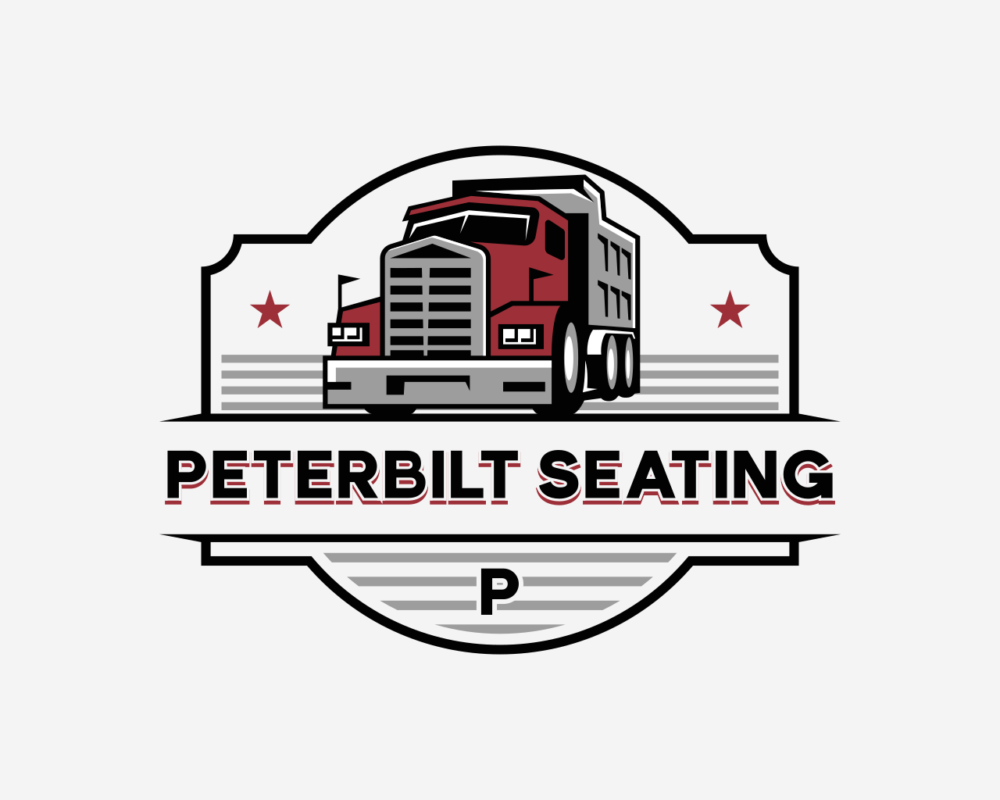


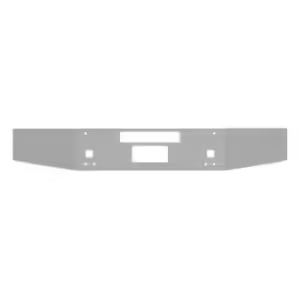


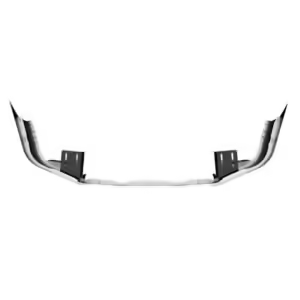




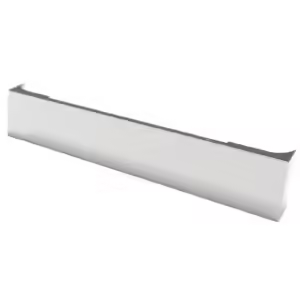


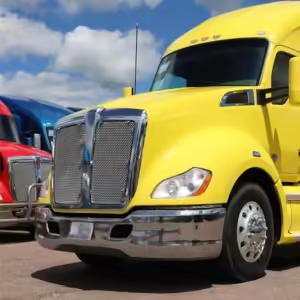
Reviews
There are no reviews yet.